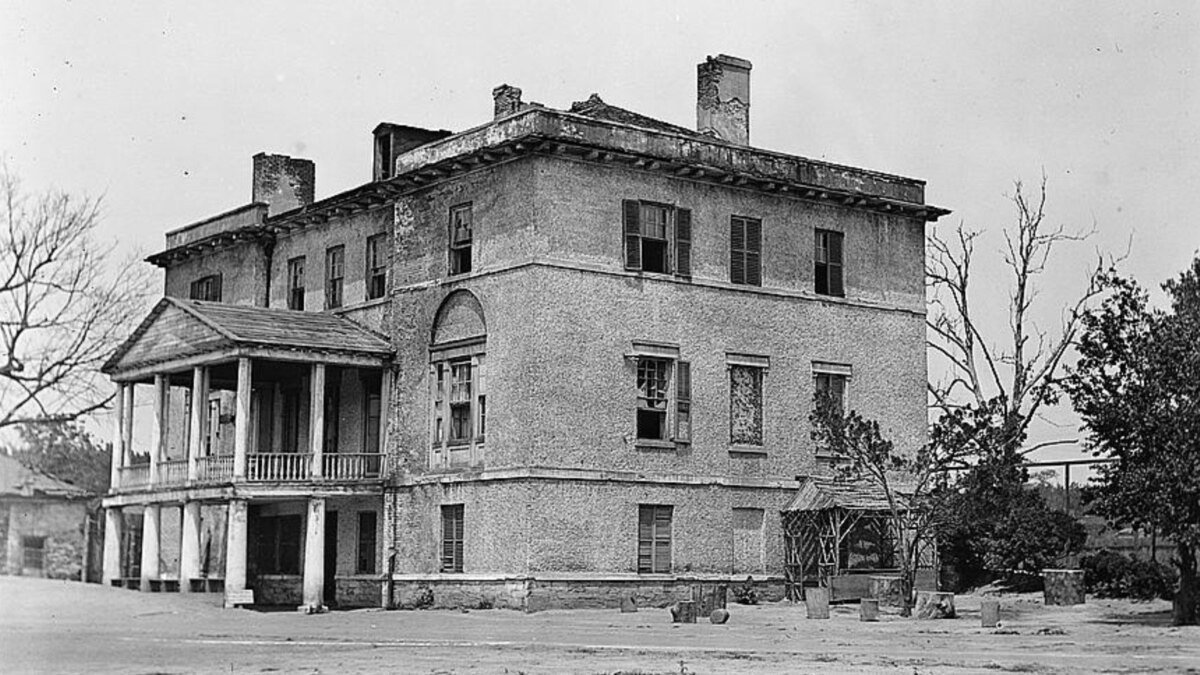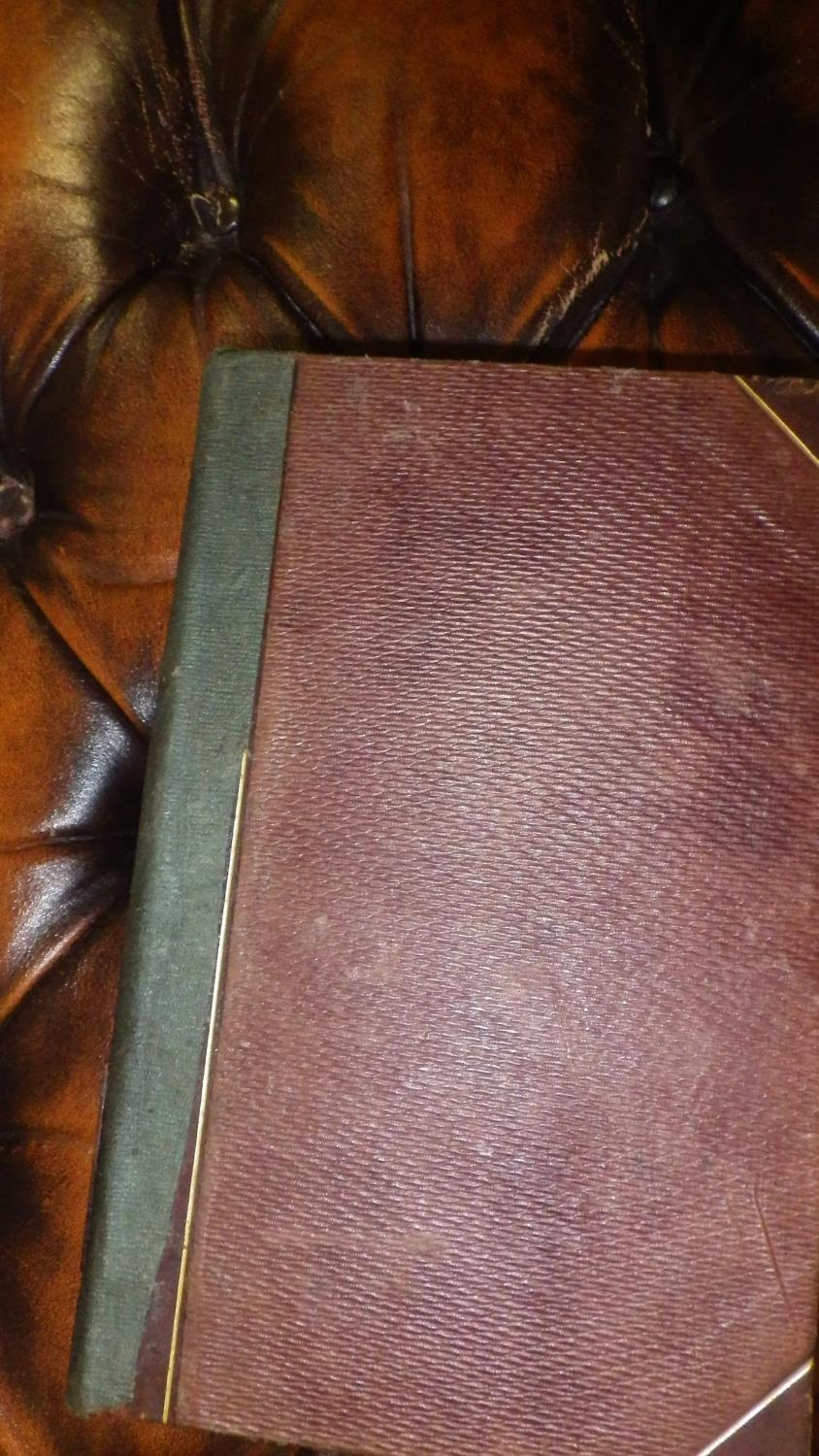Table Of Content

Roderick’sfollowing ravings reveal that he fears that he buried Madeline alive. In “The Fall of the House of Usher,” the setting, diction, and imagery combine to create an overall atmosphere of gloom. The story opens on a “dull, dark, and soundless day” in a “singularly dreary tract of country.” As the narrator notes, it is autumn, the time of year when life begins to give way to old age and death. A mere glimpse of the Usher mansion inspires in the narrator “an iciness, a sinking, a sickening of the heart.” Upon entering the house, the reader as the narrator navigates through a series of dark passages lined with carvings, tapestries, and armorial trophies.
Meet the original members of the tortured poets department
And even though Poe said in his critical theories that he shunned symbolism, he was not above using it if such symbolism contributed to his effect. Here, the effect is electric with mystery; he says twice that the windows of the house are "eyelike" and that the inside of the house has become a living "body" while the outside has become covered with moss and is decaying rapidly. Furthermore, the ultimate Fall of the House is caused by an almost invisible crack in the structure, but a crack which the narrator notices; symbolically, this is a key image. Also central to this story is that fact that Roderick and the Lady Madeline are twins.

Be Tough on Dirt But Gentle on Your Body With the Best Soaps for Sensitive Skin
In “The Fall of the House of Usher,” he deliberately subverts convention by rejecting the typical practices of preaching or moralizing and instead focusing on affect and unity of atmosphere. The tale highlights the Gothic feature of the doppelganger, or character double, and portrays doubling in inanimate structures and literary forms. The narrator, for example, first witnesses the mansion as a reflection in the tarn, or shallow pool, that abuts the front of the house. The mirror image in the tarn doubles the house, but upside down—an inversely symmetrical relationship that also characterizes the relationship between Roderick and Madeline. The narrator and Roderick place her in a tomb despite her flushed, lively appearance. In the tale's conclusion, Madeline escapes from the tomb and returns to Roderick, scaring him to death.
More Must-Reads From TIME
Which 'Fall of the House of Usher' episode is based on which Poe short story? - Mashable
Which 'Fall of the House of Usher' episode is based on which Poe short story?.
Posted: Mon, 16 Oct 2023 07:00:00 GMT [source]
Madeline herself is dying of a wasting disease, showing physical deterioration. Perhaps the most obvious parallel lies in the initially shallow crack in the manor, representing the impending destruction of the house. Because the last of the Usher line are twins, that the crack divides the house in two signals their eternal separation in death. No sooner had these syllables passed my lips, than—as if a shield of brass had indeed, at the moment, fallen heavily upon a floor of silver—I became aware of a distinct, hollow, metallic, and clangorous, yet apparently muffled, reverberation.
Inkeeping with the gothic style, Poe depicts the supernatural as evil and relatesit to insanity. Uncanny events—such as Madeline’s reanimation—push Roderick andthe narrator further into madness, forcing them to reconsider their sanity. Inaddition, the possible sentience of the house only drives its residents insanewith fear, showing how the supernatural decays what it touches. Moreover, there is a mixture of reality and fiction in the narration. Whatever the narrator is reading aloud to Roderick also manifests in reality.
Log in or Create account
The antique volume which I had taken up was the “Mad Trist” of Sir Launcelot Canning; but I had called it a favorite of Usher’s more in sad jest than in earnest; for, in truth, there is little in its uncouth and unimaginative prolixity which could have had interest for the lofty and spiritual ideality of my friend. Could I have judged, indeed, by the wild overstrained air of vivacity with which he hearkened, or apparently hearkened, to the words of the tale, I might well have congratulated myself upon the success of my design. These aspects contribute to the ongoing success of Poe’s short story. His ability to portray the dark side of life resonates with modern readers and appeals to their feelings of insecurity and fear.

thought on “A Summary and Analysis of Edgar Allan Poe’s ‘The Fall of the House of Usher’”
In the letter, Roderick has mentioned that he has been physically and emotionally ill due to which the narrator has rushed to help his friend. After looking at the reflection of the mansion in the tarn, or small lake,in front of the estate, the narrator believes he sees a heavy mist and vaporrising from the trees and house. He then takes a closer look at the ancientmansion and sees a crack zigzagging from the roof to the foundation, where itdisappears into the tarn’s shore. The Fall of the House of Usher, supernatural horror story by Edgar Allan Poe, published in Burton’s Gentleman’s Magazine in 1839 and issued in Poe’s Tales of the Grotesque and Arabesque (1840). Members will be prompted to log in or create an account to redeem their group membership. The Martian Chronicles, a 1950 collection of stories by Ray Bradbury, contains a novella called "Usher II," a homage to Poe.
by Edgar Allan Poe
Usher states thathe and his sister, Madeline, are the last of the line of Usher, and thatMadeline is sick with a disease the doctors cannot diagnose. Contemporary readers and critics interpreted the story as a somewhat sensationalized account of Poe’s supposed madness. (As a recluse, Poe often invited such accusations.) Later scholarship pursued alternative interpretations. Some scholars speculated that Poe may have attached special importance to the fact that Roderick and Madeline are twins, noting that Poe previously investigated the phenomenon of the double in “Morella” (1835) and “William Wilson” (1839).
The main themes in "The Fall of the House of Usher" are madness, the supernatural, and artistic purpose. Who entereth herein, a conqueror hath bin; Who slayeth the dragon, the shield he shall win. II.Banners yellow, glorious, golden, On its roof did float and flow;(This—all this—was in the olden Time long ago);And every gentle air that dallied, In that sweet day,Along the ramparts plumed and pallid, A winged odor went away. “…an influence, whose supposititious force was conveyed in terms too shadowy here to be re-stated. Besides art mirroring or foreshadowing reality in the story, the other thing such as “reflection” and “doubling” is also going on in the story. When the story opens, we see that the narrator observes the inverted image of the house of Usher in the water pool that lies in front of the house.
Deconstructing The Fall of the House of Usher's Murderous Poe Mash-Up - Vulture
Deconstructing The Fall of the House of Usher's Murderous Poe Mash-Up.
Posted: Fri, 13 Oct 2023 07:00:00 GMT [source]
Even though the illness is displayed physically, it is based on the moral and mental state of Roderick Usher. His sickness is suggestive because he is expected to be sick based on the illness in his family’s history. Moreover, he buries his sister alive to fulfill his self-creating prophecy. This short story illustrates the ability of Poe to create an emotional tone in his work by employing feelings such as guilt, doom, and fear. The emotions are central to the personality of Roderick Usher, who has been suffering from an unknown disease like many of the characters of Edger Allan Poe.
Poe draws heavily on Gothic conventions, using omens and portents, heavy storms, hidden passageways, and shadows to set the reader on edge. Having deposited our mournful burden upon tressels within this region of horror, we partially turned aside the yet unscrewed lid of the coffin, and looked upon the face of the tenant. A striking similitude between the brother and sister now first arrested my attention; and Usher, divining, perhaps, my thoughts, murmured out some few words from which I learned that the deceased and himself had been twins, and that sympathies of a scarcely intelligible nature had always existed between them.
It was with difficulty that I could bring myself to admit the identity of the man being before me with the companion of my early boyhood. The now ghastly pallor of the skin, and the now miraculous lustre of the eye, above all things startled and even awed me. I have said that the sole effect of my somewhat childish experiment—that of looking down within the tarn—had been to deepen the first singular impression. There can be no doubt that the consciousness of the rapid increase of my superstition—for why should I not so term it? And it might have been for this reason only, that, when I again uplifted my eyes to the house itself, from its image in the pool, there grew in my mind a strange fancy—a fancy so ridiculous, indeed, that I but mention it to show the vivid force of the sensations which oppressed me. An unnamed narrator approaches the house of Usher on a “dull, dark, and soundless day.” This house—the estate of his boyhood friend, Roderick Usher—is gloomy and mysterious.

No comments:
Post a Comment